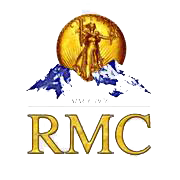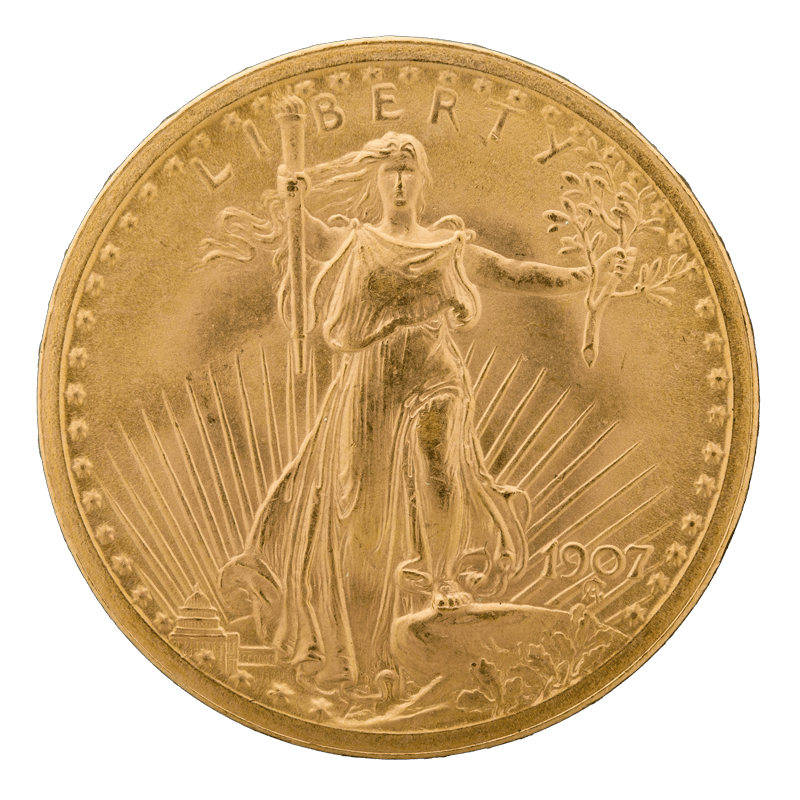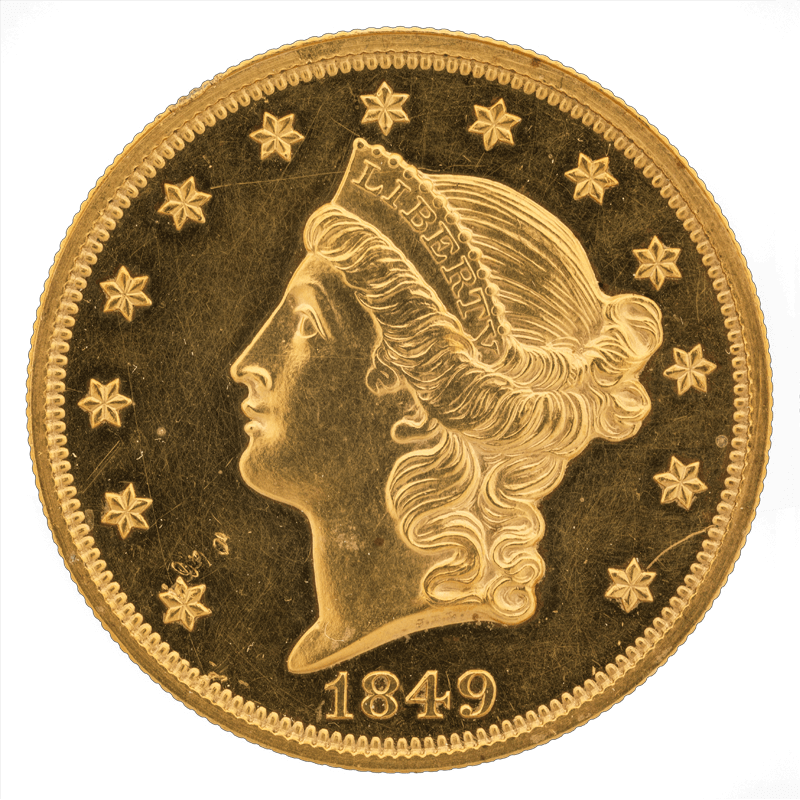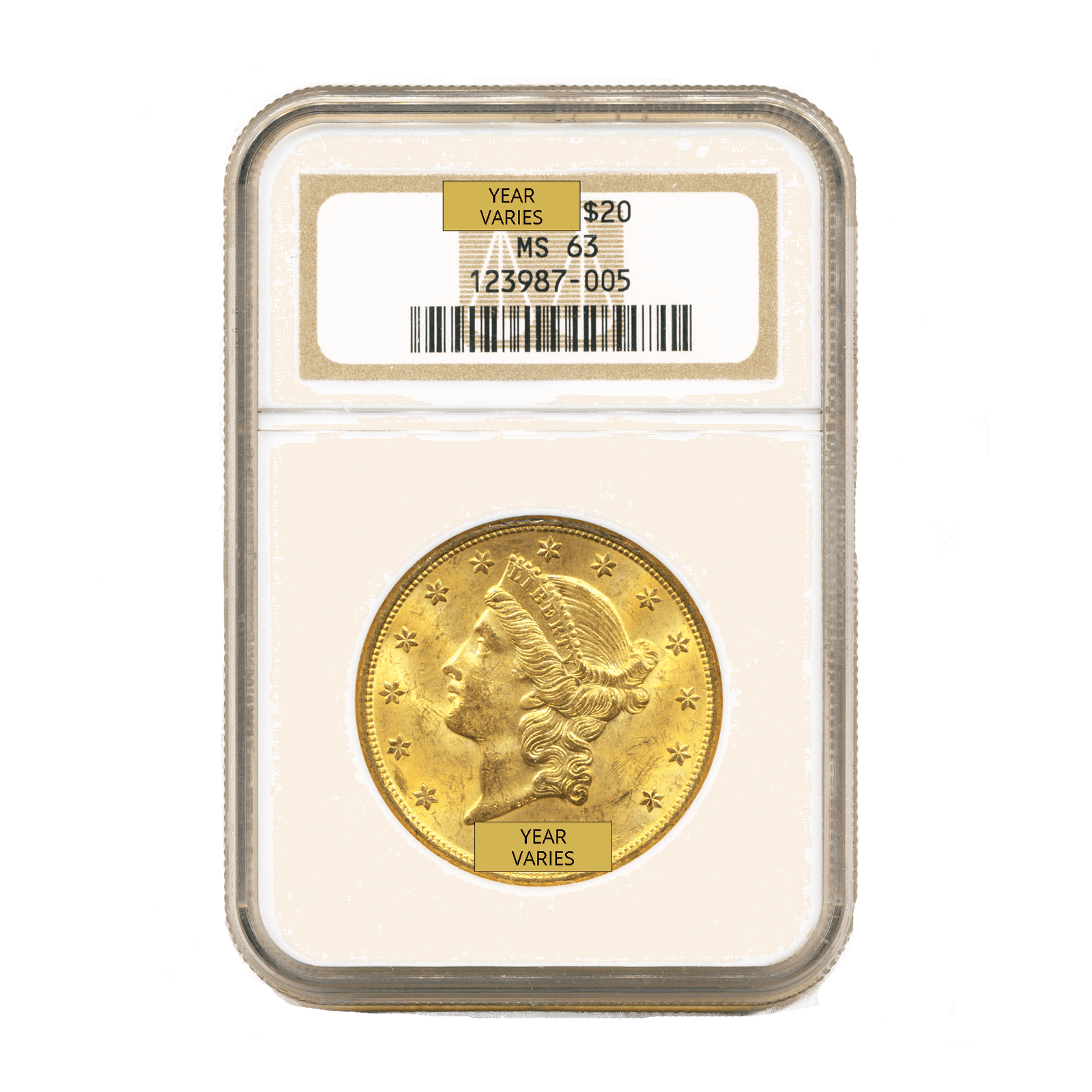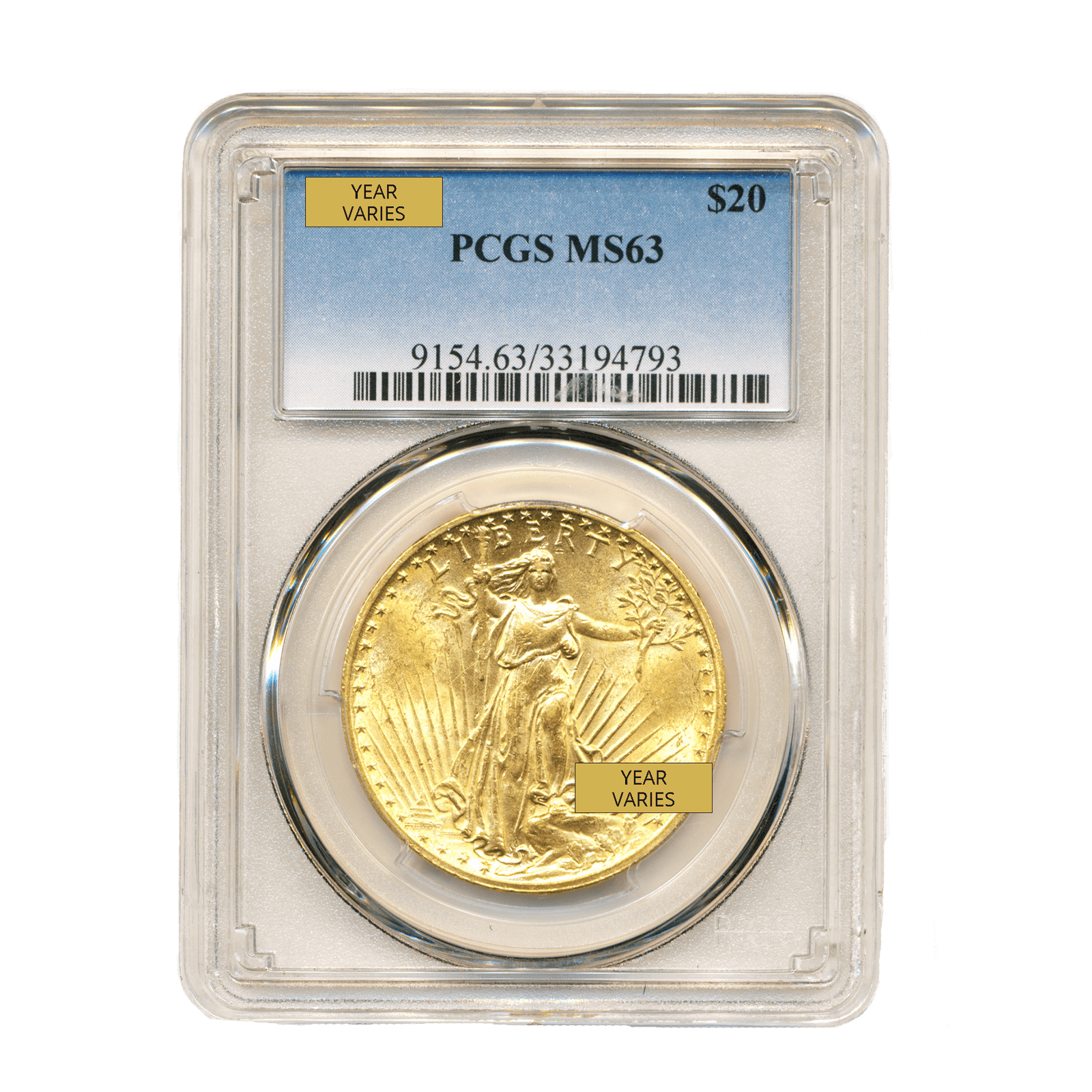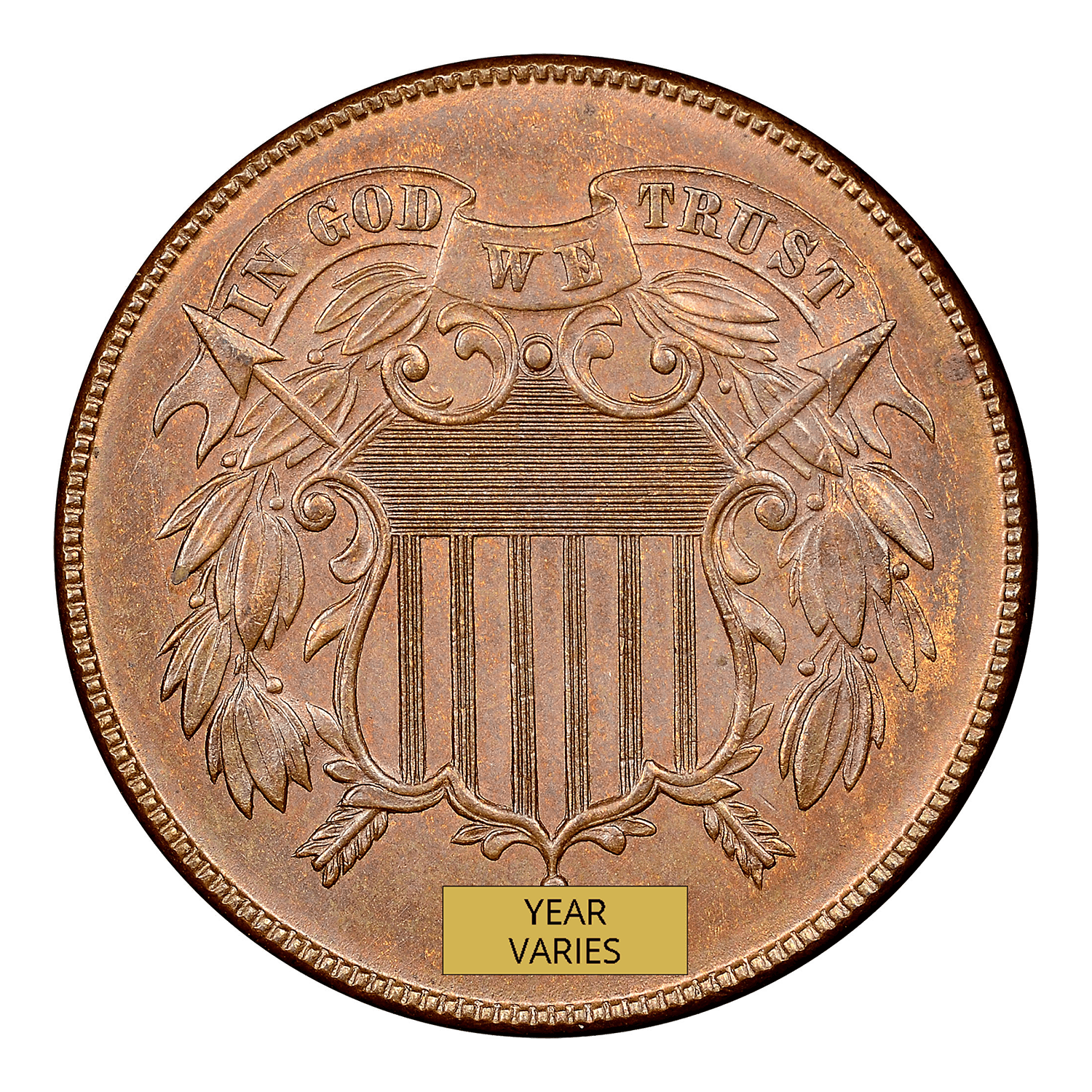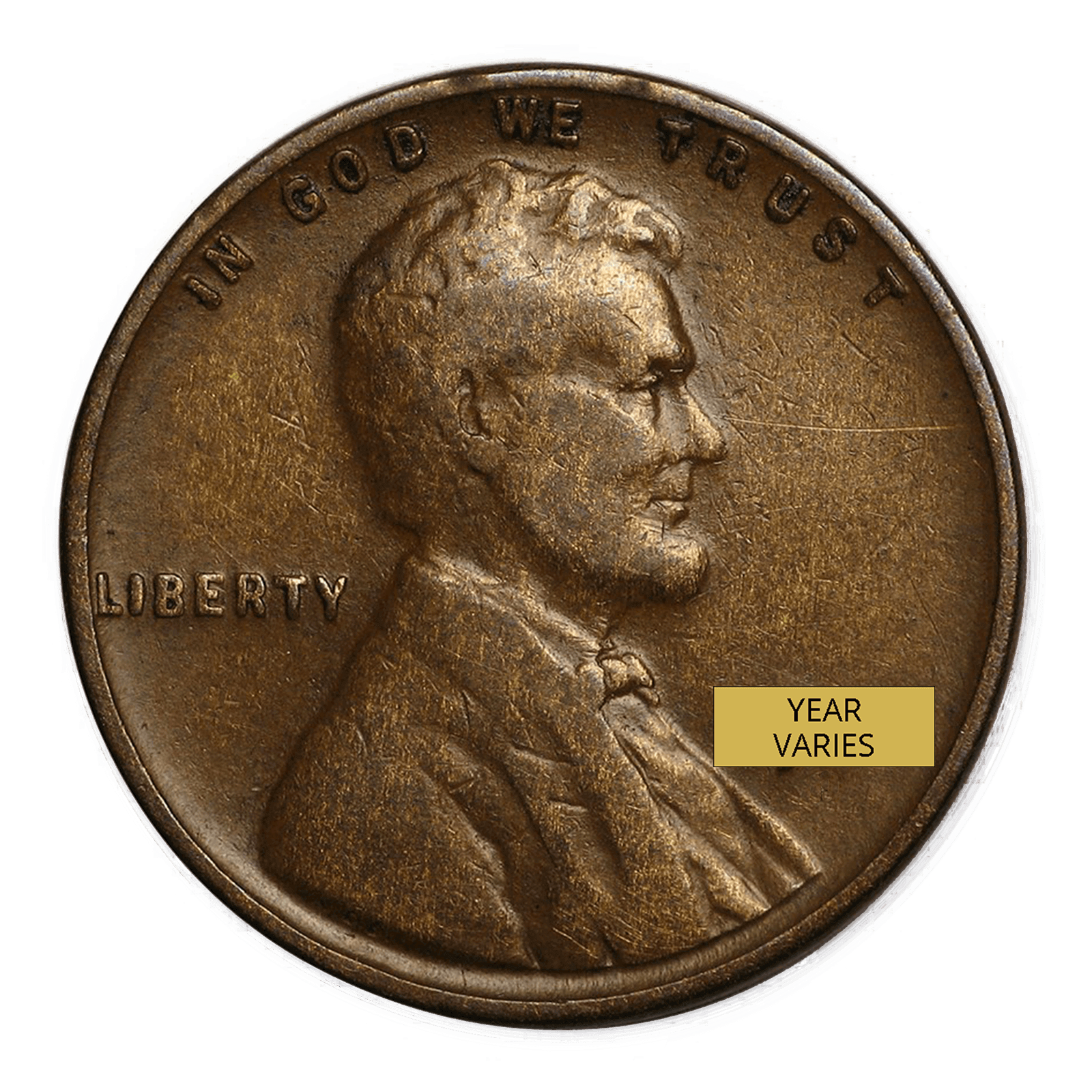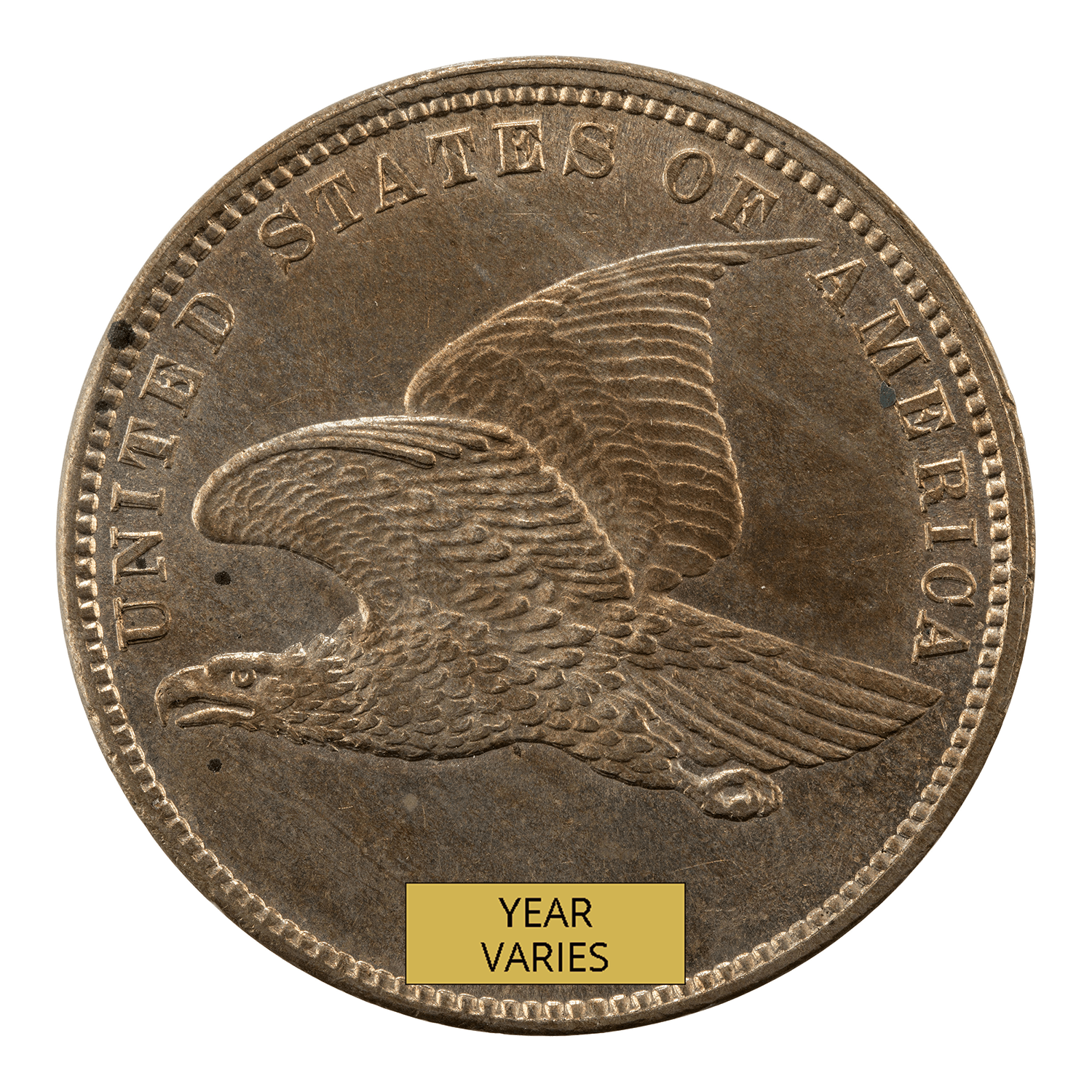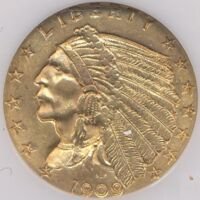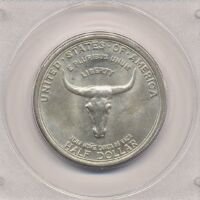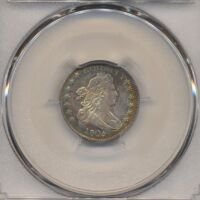The United States ceased the issue of gold coins when it went off the gold standard during the Great Depression in 1933, but up to that date 75 million half-eagle ($5), 56½ million eagle ($10) and 88 million double-eagle ($20) pieces were issued, as were 19½ million $1 pieces, 20 million quarter-eagles ($2½ pieces) and one-half million $3 pieces. In addition to these six denominations minted in obvious profusion, there were two $4 (“Stella”) gold pieces minted in 1879-80, these being the rarest variety of U.S. coin today, and there were two commemorative $50 gold pieces issued on the occasion of the Panama-Pacific Exposition of 1915. “Unofficial” U.S. gold coins were also minted in territorial and private mints in western areas, many of which are now collected for their historical significance.
Coinage of the official U.S. Government Mints included a number of commemorative issues in addition to the Panama-Pacific gold coins. These were struck for the Louisiana Purchase Exposition (1903), the Lewis & Clark Expedition (1904-05), the McKinley Memorial (1916-17), the Grant Memorial (1922) and the Philadelphia Sesquicentennial (1926).
The later U.S. gold coins are among the most widely distributed and popular in the world. The $2½ and $5 pieces of the “Indian head” pattern minted from 1907 to 1929 are favorites; their unique image is not raised but sunk into the coin, in contrast to normal coining technique. The “ultra” high relief double-eagle designed by Augustus Saint-Gaudens and dated 1907 in Roman numerals is said to be the most beautiful gold coin ever struck. This $20 gold piece portrayed Lady Liberty; a highly raised design approved by Theodore Roosevelt who felt United States coins should be objects of art like those of the ancients.
However, it proved to be impractical. Bankers· feared the coin would not stack. As a result, only twenty of the coins were produced. In 1975, one of these coins in perfect condition reportedly sold for more than $225,000-a world record for a single gold coin. A flatter version of the Saint Gaudens Statue of Liberty design was routinely minted until 1933 when the United States ceased issuing gold coins. Many of the existing American gold coins have appreciated substantially over the years. And considering how much the price of gold has risen from $20.67 in 1933, these irreplaceable coins far exceed their face value.
A prime case in point is the 1915 Panama-Pacific set which is valued today at over $25,000 in uncirculated condition. It consists of two $50 gold coins, one $2½ gold coin, one $1 gold coin and a 50¢ silver coin.
Specialization with regard to type, year and mint mark is especially popular among today’s collectors. “Type” means variety, e.g. $1 gold pieces were issued at different times in three different designs. “Date” refers to the date on the coin, usually changed by the mint each year (after 1807). “Mint mark” refers to small letters usually appearing on coins to identify the place of manufacture. For example, “S” stands for San Francisco.
A coin identified 1882-S means it was minted in 1882 in San Francisco. American gold coins were struck at all seven of the principal United States mints. Here are the mint marks and corresponding mints:
C = Charlotte, North Carolina
CC = Carson City, Nevada
D = Denver, Colorado (in 20th century)
D = Dahlonega, Georgia (in 19th century)
O =New Orleans, Louisiana
S = San Francisco, California
No Mark = Philadelphia, Pennsylvania
In 1933 when gold was no longer “legal tender” in America, most gold coins were exchanged for paper money, and it became illegal for U.S. residents to own gold other than jewelry and coins of collectors’ value. Although all private citizens in the United States were required by law to surrender their private gold stocks (under penalty of a $10,000 fine), some secreted away a few mementos of a time when every dollar was worth its weight in gold. In addition, millions of American gold coins were held abroad so that a plentiful supply remains today, even though a heavy volume of American gold coins was melted down after gold was called in under the Franklin D. Roosevelt administration. This produced some extreme rarities, especially in the later dated coins (those of the late 1920’s and early 1930’s). For approximate values and details such as mintages and mint marks of American gold coins, it is suggested that a collector refer to current catalogs such as the U.S. Coin Catalog (commonly referred to as the “Red Book”). Also note that collectors in the United States may pay more for a U.S. gold coin than an English collector might and vice versa. This is because collectors within a given country create a larger demand, hence higher prices for the coinage, when they collect by type, date, and mint mark.
